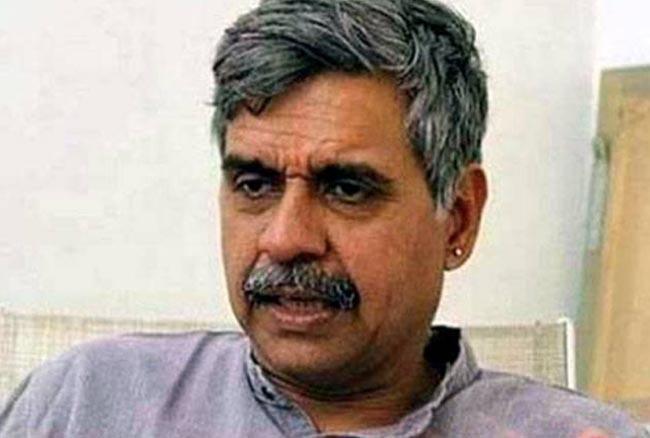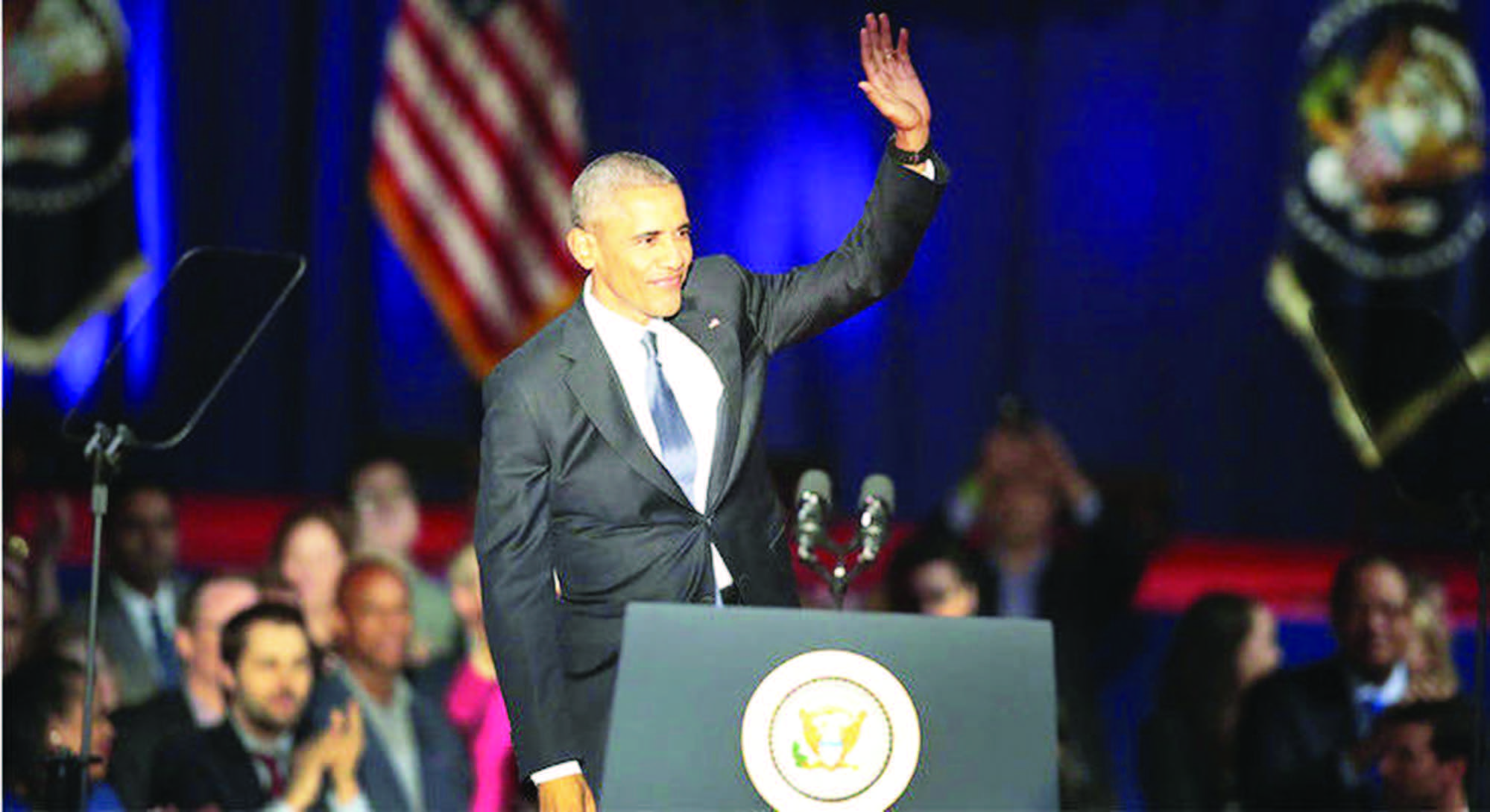

“Clearly, the comforting words of the American naval officer and the temporary presence of a number of warships in the Bay of Bengal can have no impact on the border standoff on the India–China-Bhutan tri-junction or dampen the Sino-Pakistani tango where Beijing has promised to do the heavy lifting for a massive infrastructure buildup that straddles Indian Kashmir”, says the author.
An unnamed US navy top brass sought to enlighten us about the end game behind the recent week-long excitement in the waters of the Bay of Bengal involving navies of the US, India and Japan. “They [China] will know that we are standing together and that it is better to stand together,” he said at the end of the war-like maneuvers involving, as breathless defense correspondents put it, three aircraft carriers for the first time.
Like all naval exercises this comes with a name, this one is called the Malabar. It began in 1992 as India began reaching out to the other side of the Cold War divide and has now assumed proportions that are the interest of every sea-faring nation in the world because it involves Japan, India and the US with a very interested onlooker in Australia, all of whom disagree with Beijing’s modus operandi of reworking the power equations in the region.
Astute as they are, the Chinese would have noticed that the famed US aircraft carrier Nimitz came for the exercises with a leaner complement of accompanying warships. The Japanese contributed two warships. More than war-fighting machines, they remain symbols of Shinzo Abe’s overturning of Japan’s post World War law forbidding its participation in international conflicts. Australia, which was kept out of the Malabar exercises, is still reorienting its navy for a blue water role.
Clearly, the comforting words of the American naval officer and the temporary presence of a number of warships in the Bay of Bengal can have no impact on the border standoff on the India-China-Bhutan tri-junction or dampen the Sino-Pakistani tango where Beijing has promised to do the heavy lifting for a massive infrastructure buildup that straddles Indian Kashmir.
Prime Minister Narendra Modi has recently jet-setted to the US, Russia, Spain, France and Germany, all with a thriving military-industrial complex. Very few have responded to his call to manufacture military hardware on Indian soil, partly because most would not wish to rework their equations with China.
The belligerent realists who have come to dominate the Indian foreign policy may draw comfort from the Donald Trump’s maiden defense budget that has a few lines about India. So far India has largely bought surveillance and detection equipment from the US while going slow on offensive platforms like fighters, tanks and submarines.
Both sides have their reasons. The US had abruptly suspended the Malabar exercises after India conducted the nuclear tests in 1998. As part of US sanctions at that time, Pentagon even ordered the British to seize Indian Navy’s helicopters that had come for repairs because they had American parts. India’s strategic planner learnt their lessons. Just like they were left stranded after the US withdrew military assistance in 1965 (and unwittingly left a vacuum filled by the Soviet Union) after India had clashed with Pakistan, they realized military trade with the US can be halted anytime if it conflicts with American foreign objectives.
The proximity brought about by the foreign policies of successive Indian administrations has caused those apprehensions to recede. There is even talk of the US transferring its F-16 manufacturing facility to India. But the US will not easily offer any of the top-end offensive military platforms without a demonstrative expression of strategic closeness.
This could be tactical such as positioning Indian armed forces in Afghanistan. But to get into the real meat of the US arms industry, this is inadequate. Even countries in a client-patronage relationship with the US like Pakistan have been let down on crucial occasions (Kargil War) or rewarded for their occasional usefulness with a few military toys that are grossly inadequate for a full-fledged war.
The US would ideally like to sink a long strategic hook into India that makes the alliance irreversible. One element — signing of three military agreements — has been on the table since the Manmohan Singh-AK Antony era. The duo withstood immense American pressure to sign these agreements because that would have meant an irreversible entry into critical defense systems that countries with independent foreign policies try to prevent.
The Modi government has succumbed to the easiest of the three military agreements. But even its complexities have meant that the two sides could not operationalize the pact for the Malabar exercises. The signing of the other two pacts will certainly cause the Russians to turn lukewarm in supplying top-end military hardware to India.
With neither a credible sea denial strategy in hand or adequate military platforms to deter China, it was inevitable that the bluster in foreign policy would have a short shelf life. The Army Chief made a show of muscularity by dashing to Sikkim when the faceoff with the Chinese began. Three weeks later, he has reverted to expiating on Kashmir.
This approach has brought negative returns with Pakistan as well. High on Chinese backing, utility for the Arabs and Russian mending of fences, Islamabad has little appetite for dialogue on New Delhi’s terms. The attempt to square Pakistan’s meddling in Kashmir with reciprocal interference in Balochistan has suffered a massive blowback with the arrest of the former Indian Naval officer. Nepal too is not looking too good and India has been left with too few diplomatic tools to turn the situation around. The antipathy with China could have been best avoided when Nepal was looking to balance India’s testiness with approaches to Beijing.
This cul de sac may have persuaded Foreign Secretary S Jaishankar to complain that the Dokalam military standoff between India and China has blown out of proportion due to “supra-nationalism” — beyond the authority of one national government. Apart from the usual suspects and slogans — boycott of Chinese manufactured goods, annexure of Kailash Mansarovar — the Foreign Secretary may also be hinting at the wind being provided to the sails of hyper-nationalists by foreign strategic experts with the single point agenda of showing up China poorly.
India has been hedging against Chinese dominance for nearly two decades. But its policy makers eschewed bluster towards China in favor of painstaking incremental diplomatic dexterity. The three years of belligerence may have turned the clock back.





Be the first to comment